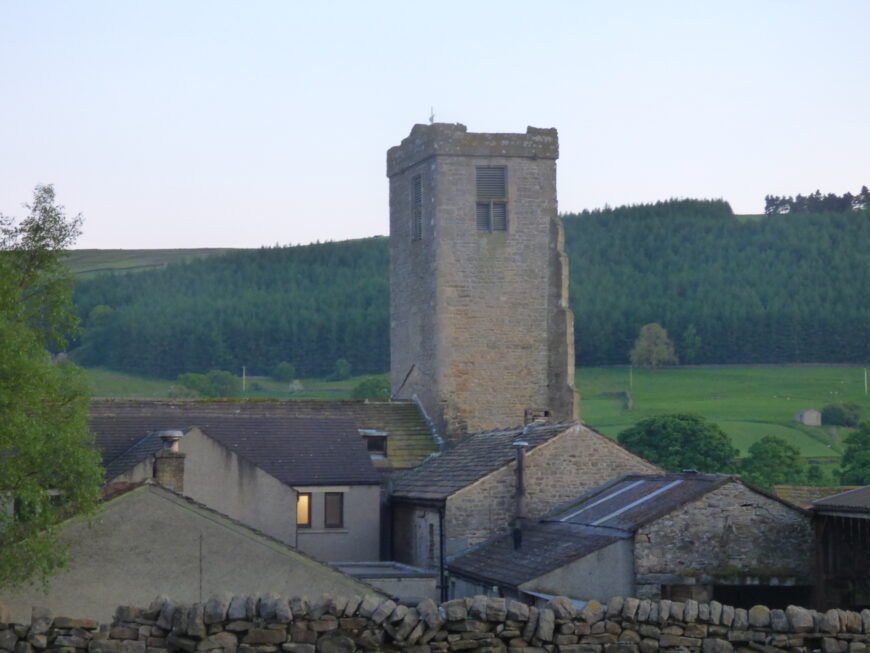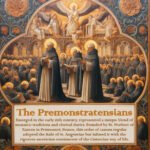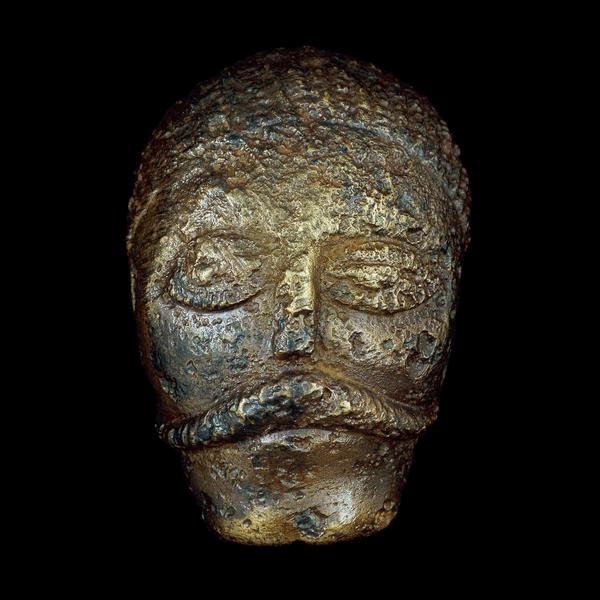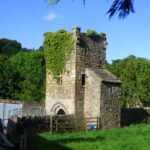Site Details:
 Marrick Priory, a historic gem nestled in the Yorkshire Dales, has a rich history that dates back to the 12th century.
Marrick Priory, a historic gem nestled in the Yorkshire Dales, has a rich history that dates back to the 12th century. 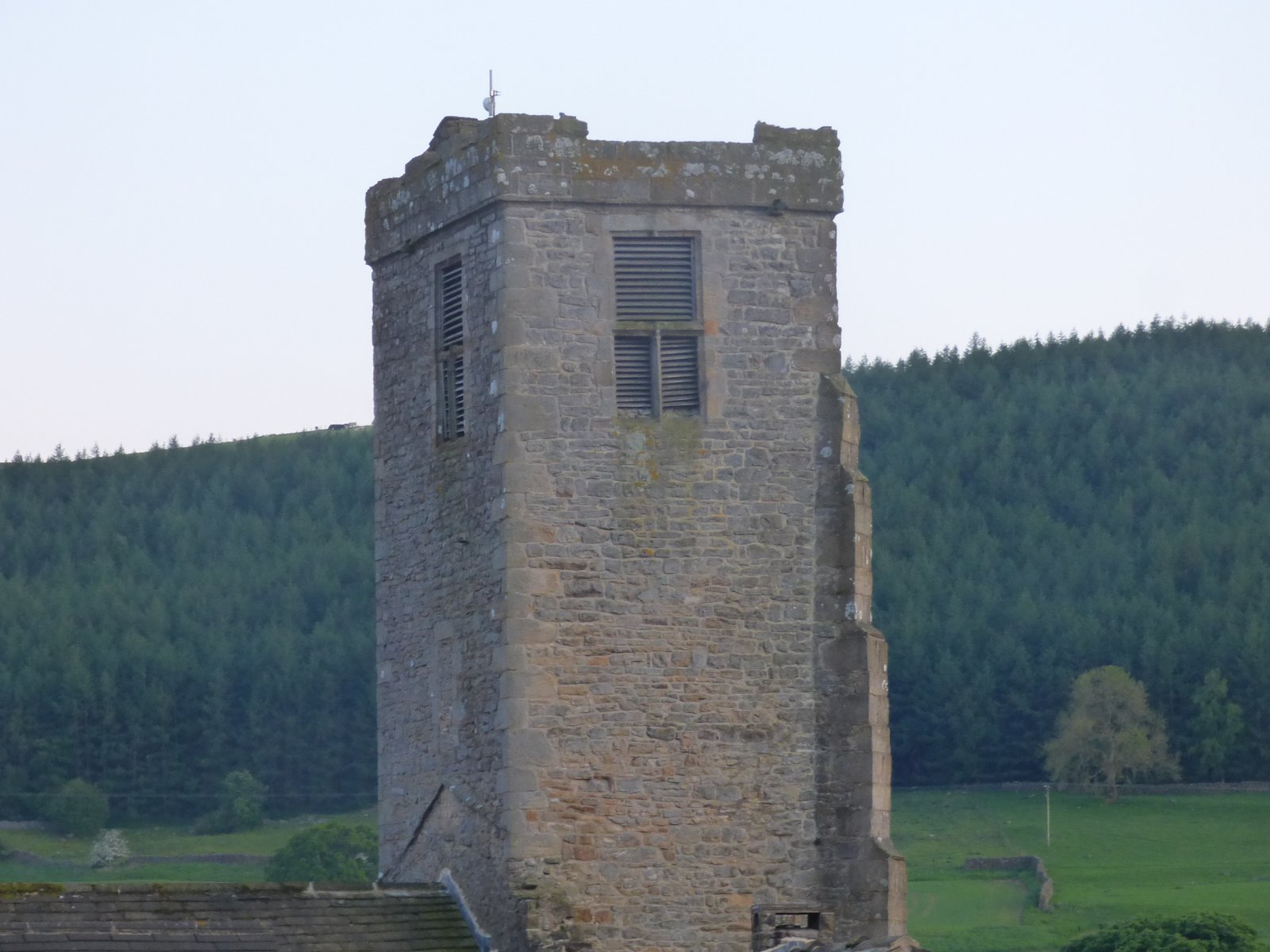 Originally established between 1154 and 1158, this former Benedictine nunnery has witnessed significant events throughout the centuries. The Dissolution of the Monasteries under King Henry VIII in 1540 led to the eviction of the prioress and nuns, marking a pivotal moment in its history. The priory's connection to the arts is also notable, with the renowned artist JMW Turner visiting in 1816. Interestingly, Marrick Priory was once home to Britain's oldest hearse, built in 1828. In the 1960s, the Diocese of Leeds played a crucial role in converting the priory into an Outdoor Education and Residential Centre, which opened in 1970. The Church of the Virgin Mary and St. Andrew, which belonged to Marrick Priory, holds a significant place in the history of the region. Established between 1140 and 1160 by Roger de Aske, it was part of a Benedictine nunnery that thrived until the 16th century. Despite challenges, including raids by Scots, the priory and its church remained a focal point of the community
Originally established between 1154 and 1158, this former Benedictine nunnery has witnessed significant events throughout the centuries. The Dissolution of the Monasteries under King Henry VIII in 1540 led to the eviction of the prioress and nuns, marking a pivotal moment in its history. The priory's connection to the arts is also notable, with the renowned artist JMW Turner visiting in 1816. Interestingly, Marrick Priory was once home to Britain's oldest hearse, built in 1828. In the 1960s, the Diocese of Leeds played a crucial role in converting the priory into an Outdoor Education and Residential Centre, which opened in 1970. The Church of the Virgin Mary and St. Andrew, which belonged to Marrick Priory, holds a significant place in the history of the region. Established between 1140 and 1160 by Roger de Aske, it was part of a Benedictine nunnery that thrived until the 16th century. Despite challenges, including raids by Scots, the priory and its church remained a focal point of the communityOther Notes:
 The earthworks surrounding the road to Marrick Priory are indicative of a rich historical tapestry dating back to the priory's foundation in the 12th century. These earthworks are believed to be the remains of structures that formed part of the original Benedictine nunnery, which was the wealthiest in Yorkshire during its time. The area is dotted with fish-ponds and vestiges of tofts and crofts, which were small farm enclosures, pointing to a self-sustaining monastic community. The priory itself has undergone transformations over the centuries, notably after the Dissolution of the Monasteries, when it became the centre of a small estate and the priory church continued as a parish church.
The earthworks surrounding the road to Marrick Priory are indicative of a rich historical tapestry dating back to the priory's foundation in the 12th century. These earthworks are believed to be the remains of structures that formed part of the original Benedictine nunnery, which was the wealthiest in Yorkshire during its time. The area is dotted with fish-ponds and vestiges of tofts and crofts, which were small farm enclosures, pointing to a self-sustaining monastic community. The priory itself has undergone transformations over the centuries, notably after the Dissolution of the Monasteries, when it became the centre of a small estate and the priory church continued as a parish church. 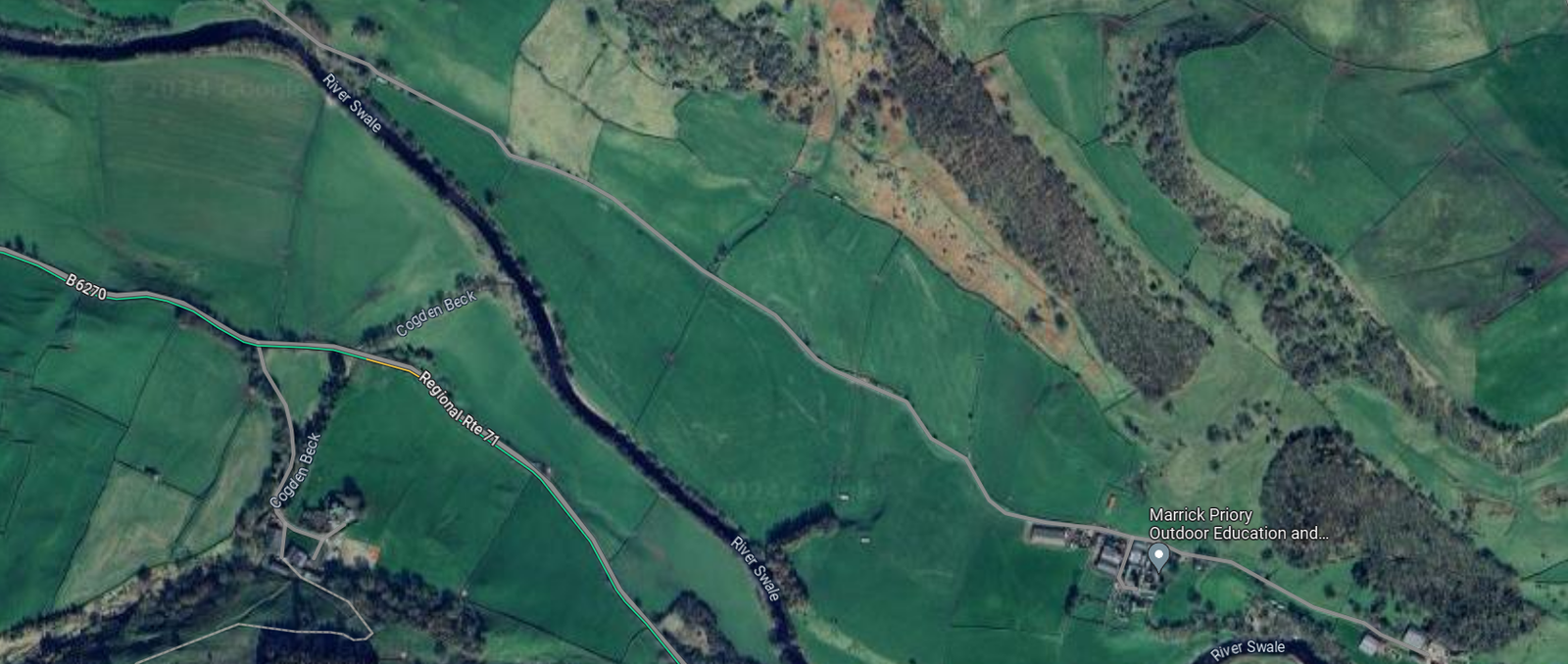 A detailed survey from around 1585 suggests that most of the conventual buildings were still standing at that time. Today, only the church, parts of the prioress's house, sections of the precinct wall, and a farmhouse that includes parts of the refectory are visible above ground.
A detailed survey from around 1585 suggests that most of the conventual buildings were still standing at that time. Today, only the church, parts of the prioress's house, sections of the precinct wall, and a farmhouse that includes parts of the refectory are visible above ground.  However, the earthworks to the east of the church hint at the extensive complex that once stood there, now converted into an outdoor centre for educational groups. Additionally, a flagged stone path near the priory "the nun's steps" is thought to have been associated with it, possibly connecting to the Richmond road or to lead-mining interests, highlighting the priory's historical significance beyond its immediate religious functions.
However, the earthworks to the east of the church hint at the extensive complex that once stood there, now converted into an outdoor centre for educational groups. Additionally, a flagged stone path near the priory "the nun's steps" is thought to have been associated with it, possibly connecting to the Richmond road or to lead-mining interests, highlighting the priory's historical significance beyond its immediate religious functions. 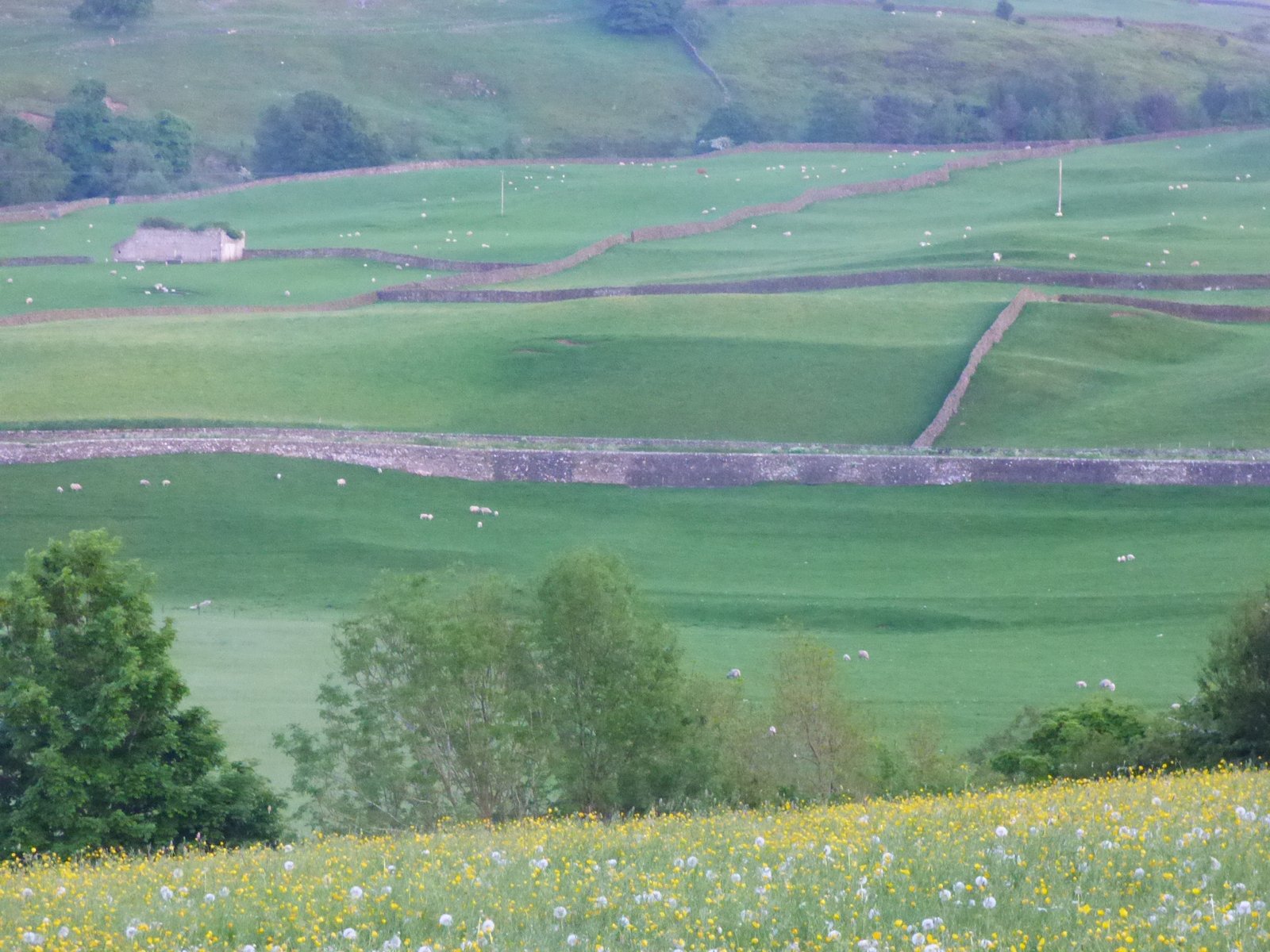
Site Gallery
Gallery Empty

